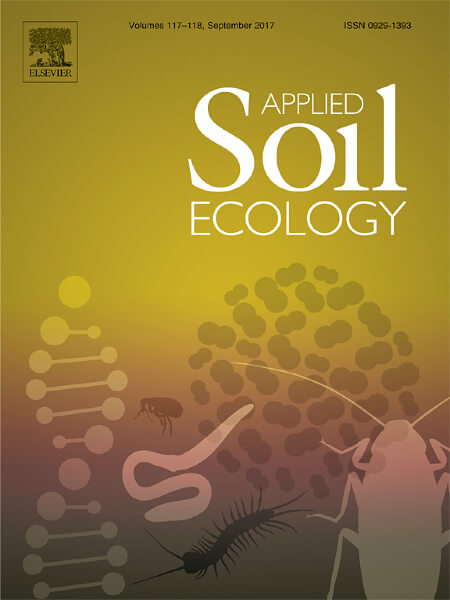In tropical humid Africa, sandy soils in herbaceous savannas—often exposed to periodic burning—typically exhibit low carbon (C) content and nitrogen (N) availability. Savanna afforestation has the potential to improve soil functionality, but its effects remain underexplored. This study examines whether changes in soil micro-food web composition contribute to increased C and N cycling following afforestation. A 7-year experiment in Congo assessed Eucalyptus monocultures, N₂-fixing Acacia monocultures, and mixed Eucalyptus-Acacia plantations on former savanna landscapes. Soil attributes analyzed included organic C and N levels, pHH₂O, nitrate, ammonium, mineralization and nitrification rates, as well as bacteria, fungi, nematodes, and ammonia-oxidizing archaea (AOA) and bacteria (AOB) abundances in the top 10 cm of soil. Afforestation with Eucalyptus monocultures increased soil carbon by 1.7 times, net nitrogen mineralization rates by 1.9 times, and soil inorganic nitrogen levels by 2.5 times. Mixed Eucalyptus-Acacia and Acacia monocultures further enhanced nitrogen mineralization by 1.4 times and inorganic nitrogen by 2.3 times compared to Eucalyptus monocultures. These changes correlated with a progressive increase in AOA abundance, peaking in Acacia monocultures. Additionally, afforestation significantly boosted bacterial-feeding nematode abundance by 678%, while fungal-feeders, omnivores, and predators declined. Enhanced nitrogen cycling was positively linked to AOA and bacterial-feeding nematode abundances, emphasizing the necessity of monitoring micro-food web structures to better understand how land use changes shape soil biogeochemical cycles in tropical afforestation contexts.
DOI:
https://doi.org/10.1016/j.apsoil.2025.106027
Jumlah Kutipan Dimensi:

Tahun publikasi
2025
Penulis
Sauvadet, M.; Harmand, J.M.; Deleporte, P.; Martin, A.; Zarah-Shailia, F.; Villenave, C.; Jimenez, A.; Mareschal, L.; Bouillet, J.P.; Laclau, J.P.; Plassard, C.; Trap, J.; Robin, A.
Kata kunci
afforestation, soil biochemistry, carbon sequestration, ammonia-oxidizing archae, bacteria, fungi, land use change, nitrogen dioxide
Geografis
Democratic Republic of the Congo


















